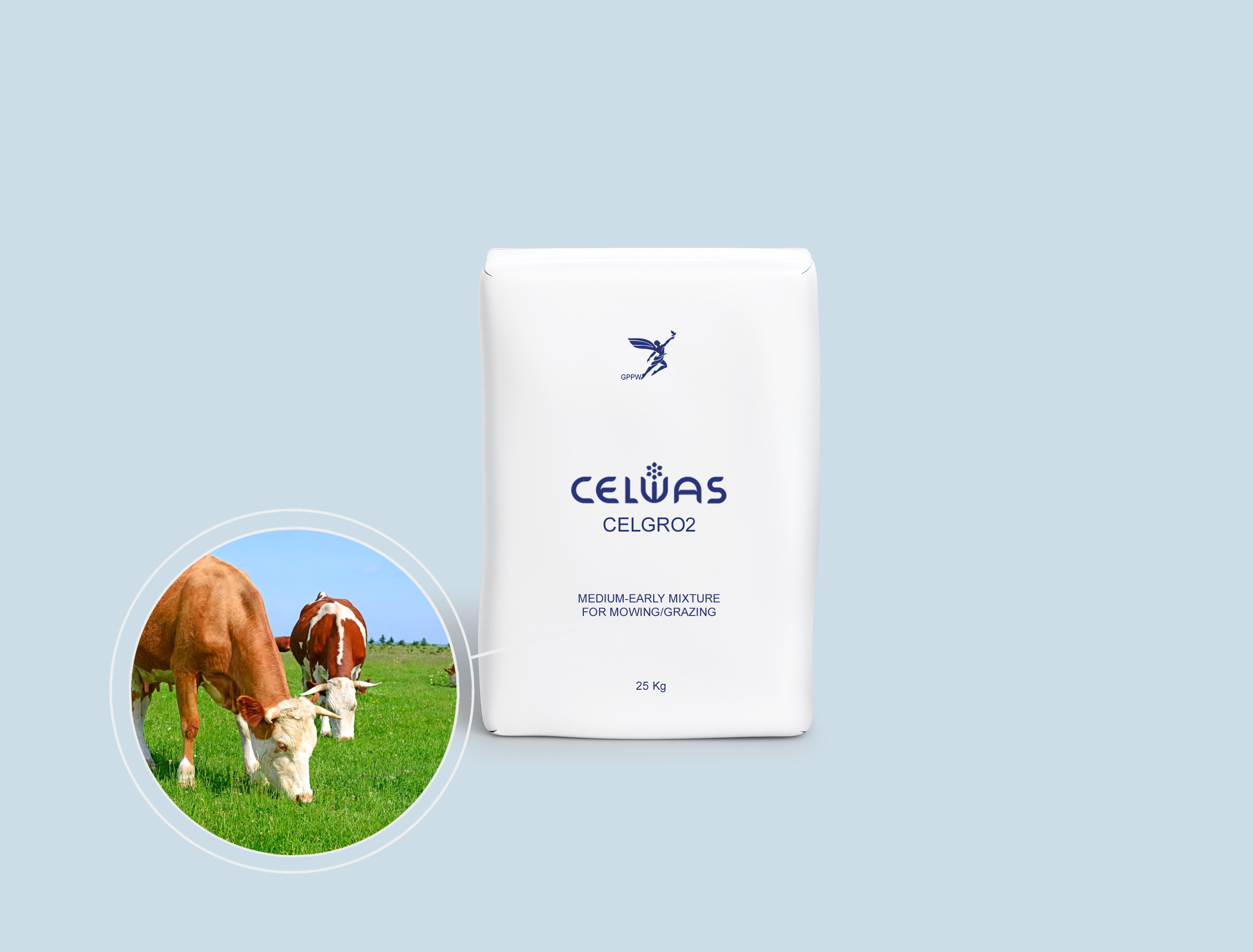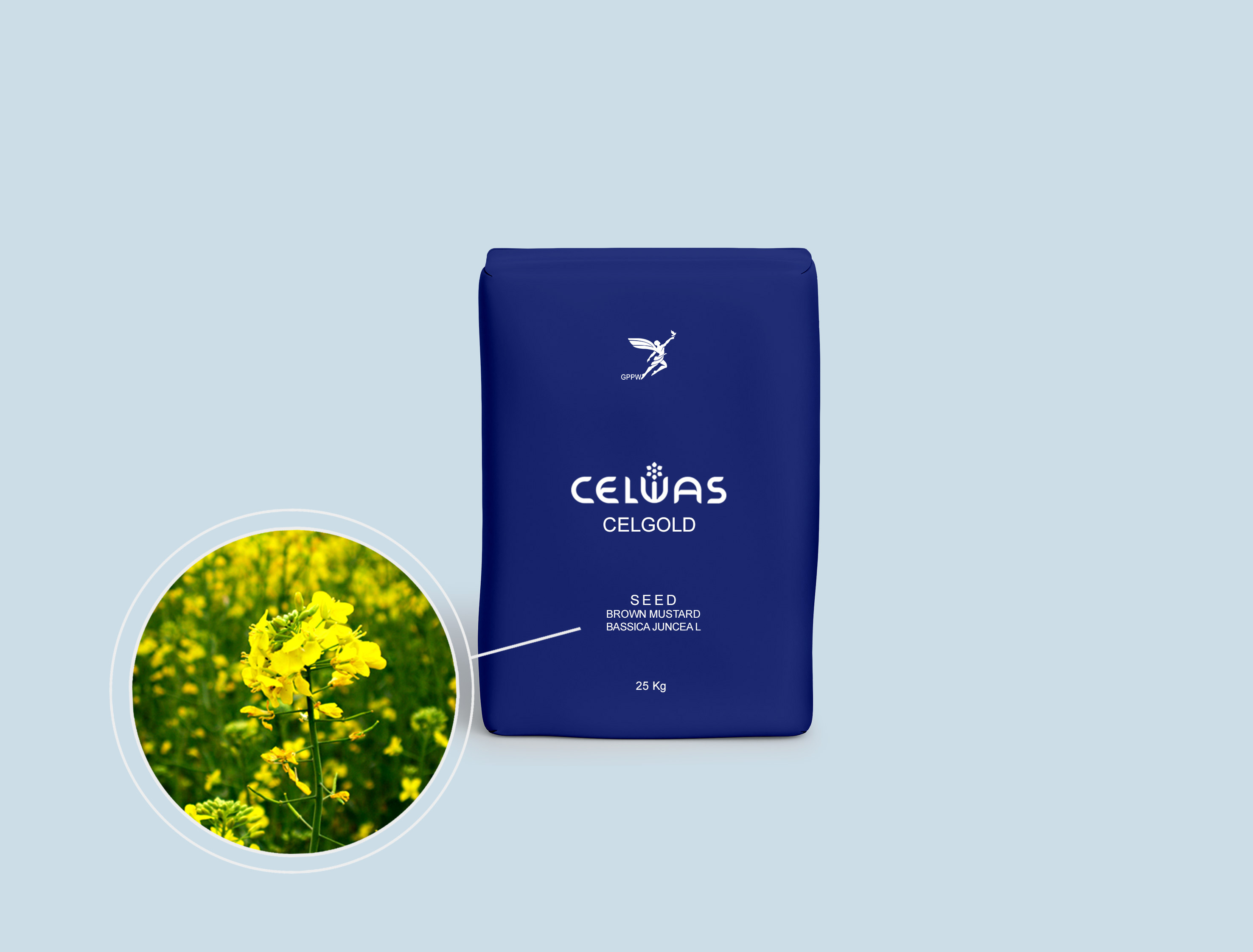
CELGOLD
OIL, SEASONING PLANTS / BROWN MUSTARD
Bassica juncea L.
Developed by Agri Obtentions SA, France
Medium early brown mustard variety, very suitable for soil biofumigation, nematode control, green manure
The plants are tall
Rapid growth
Very fast soil coverage
Blooms - late
The flowers are yellow
The seeds contain erucic acid
Quite resistant to cold
The number of glycosides (sinigrin) is very high
As the biomass of this mustard decomposes, it releases substances that are effective against soil nematodes and soil-borne pathogens.
This type of mustard is particularly effective against:
endoparasitic nematodes (cyst, root tuber and wound nematodes)
stem and tuber/onion nematode
also, against fungal diseases:
Rhizoctonia (Rhizoctonia)
Agl. Take-all-disease is a disease affecting the roots of grasses and cereal plants caused by Gaeumannomyces graminis var. tritici _ All varieties of wheat and barley are susceptible to this pathogen
English Pink rot (Phytophthora erythroseptica), which spreads in potato tubers in drier years
English Powdery scab, causing powdery scab of potato tubers
English Aphanomyces root rot (ARR), a disease affecting the roots of various legumes (peas, lentils, beans, broad beans, alfalfa, red and white clover)
Pythium, damaging the roots
Verticillosis (Verticillium)
Common scab (Streptomyces scabies (Thxaxter) Waksman & Herici) causing potato tuber scab
Monillosis (eng. brown rot)
bacterial diseases
Benefits of using green manure:
Nutrients and organic matter are added to the soil
Improves soil fertility and structure
Reduces soil erosion
Increases soil biodiversity
Ideal for both organic and conventional farming rotations
Recommended use to get the best biofumigation effect:
The foreskin is removed
The soil is prepared for sowing
Sown brown mustard (catch crop)
Cultivated until flowering
Biofumigation works best by incorporating chopped flowering plants into moist soil
The most optimal term is the beginning of flowering + 10 days; the longest - the beginning of flowering +20 days
After planting, a minimum of 10-15 days must pass before sowing the following plants
Under different growing conditions than those found in these studies, cultivar parameters may differ from those given here.
SOWING RATE
Recommended seeding rate: 100-120 plants/m², 10-12 kg/ha
Recommended seeding rate when growing green manure: 12-15 kg/ha
Other products in this category:
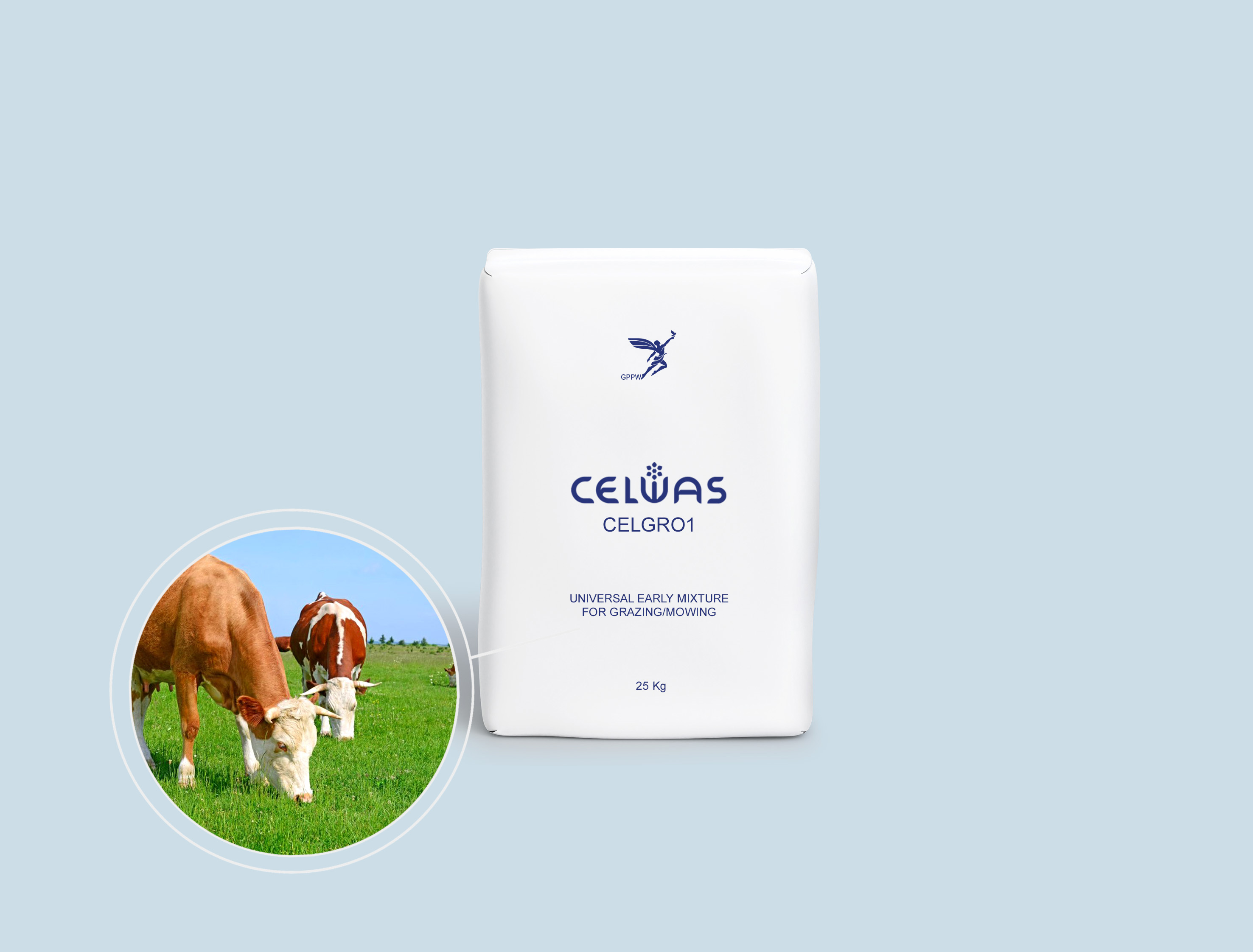
CELGRO1 fodder grasses and legumes
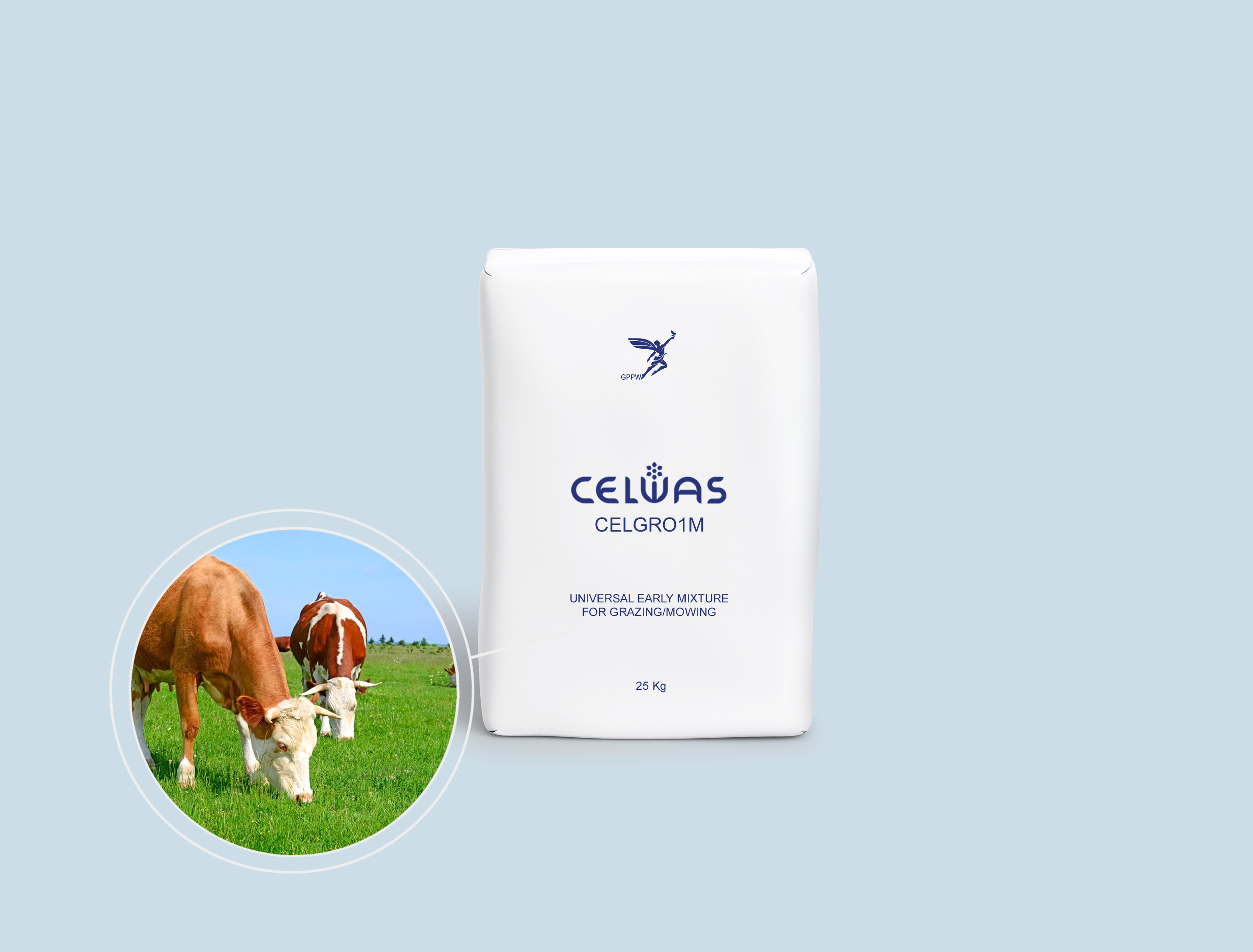
CELGRO1M fodder grasses and legumes
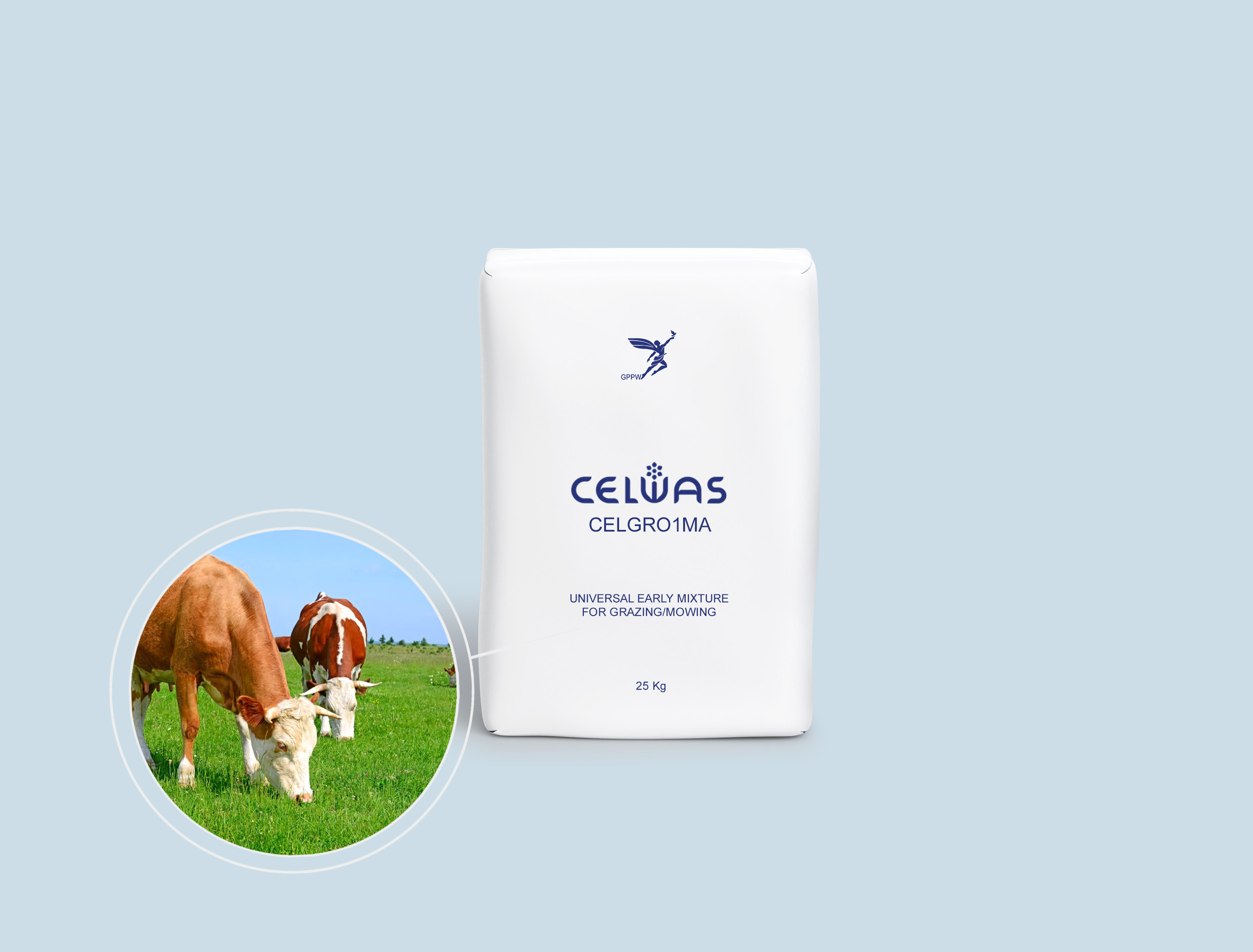
CELGRO1MA fodder grasses and legumes
